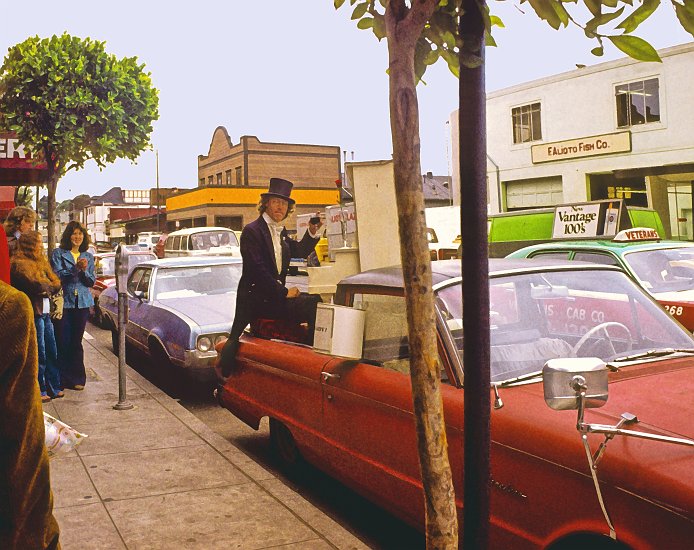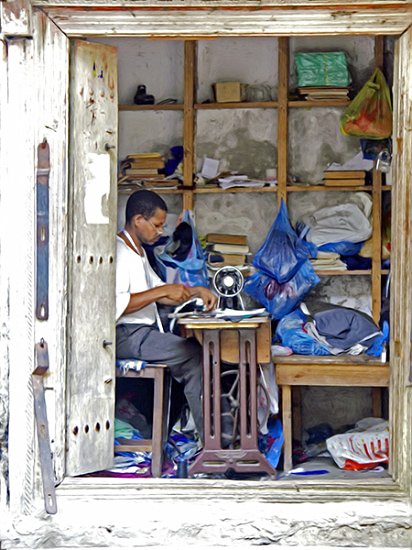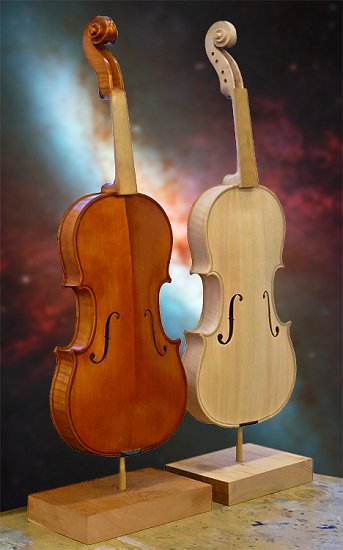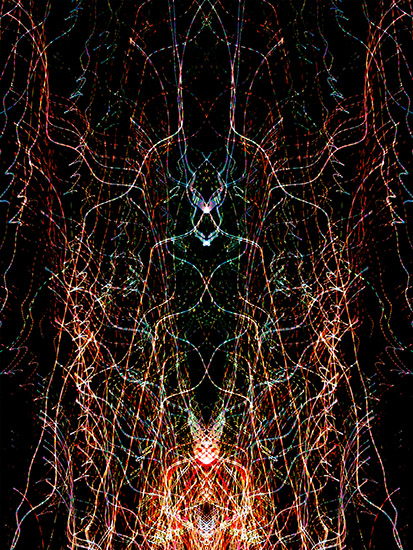Enjoy this short video from the workshop that Tova Averbuch, Christine Whitney Sanchez, and I did of our workshop, Engaging Possibilities: The Art & Science of Radical Appreciation, in Israel this summer:
Hosting
Designing for Community: Expect the Unexpected
Part V

Take a co-creative stand so that disruptions become a source of engagement and learning.
At a recent event that I attended, the focus was on community. The participants were from government, communities, and organizations with a socially oriented mission, both for profit and nonprofit. While mostly white, the 150 people there were sufficiently diverse in age, race, geography, and gender to make the setting spicy.
And then there was the design. Two days of talks, interspersed with small group conversations about the talks. The last day was in Open Space. Two conditions made for a rocky experience. The first: all but one of the in-person speakers were older white men. The second: with one exception, the speakers all lectured. While well intentioned, and unquestionably from a respectful place, the talks had a quality of bringing knowledge down from on high. The exception was a couple who shared their work and brought with them the questions they were striving to answer as part of their offering.
As the second morning started with yet another presenter, someone stood to voice his frustration. He beat me to it by the random selection of the holder of the microphone. The participant spoke clearly and respectfully. He made a request that we hear from a greater diversity of people. The conference hosts listened. They took in challenging feedback, redesigned over a break, and invited people to self-organize around topics of interest.
No matter how well prepared you think you are, stuff happens. Our brilliant design don’t always work as envisioned. That’s when grace under pressure helps.
Design Suggestion
Be prepared to be surprised. Just as practicing scales prepares the way for great jazz, knowing the rhythm and likely effects of the activities you choose equips you to meet the needs of a group in the moment. And like jazz, working with partners when hosting a large group can enrich the experience. Multiple sets of eyes provide more insight into a situation, along with putting a greater range of experiences and options at your finger tips.
Years ago, working with a team of four, I was virtually thrown out of a gathering by the participants of a conference that I had spent months organizing. As I put it at the time, I was standing still in the fire and I got burnt. Fortunately for the attendees, there were four of us holding the space. My partners could see what was happening and made sure the needs of the group were met.
As for me, it sent me on a learning journey that led to increased capacity to listen and adapt. I became far less dogmatic in my approach to my work with groups. And it sure makes me compassionate when other designers and hosts experience the unexpected!
Designing for Community: Make Participant Experience Visible
Part IV

Design activities in which we meet kindred spirits, discover each other’s gifts, and learn as much as possible about what works.
I was so aware of the invisibility of the talent and experience in the room at several conferences that I’ve attended of late! Make use of those with stories to tell. The potential for cross-fertilization of ideas and practices is magnified when designs bring forth the richness of experience present in a group. And assume these gems will sparkle even brighter when lit by ideas contributed by luminaries.
Benefits of inviting participants to share their experiences: it sparks ideas, encourages new connections, and identifies possible partners. It also informs new theory to be articulated out of practice.
Design Suggestions
The simplest means I know to optimize sharing is to use Open Space Technology, inviting people to self-organize around what matters to them. When the topic is abstract, like the “future of journalism” or “connecting for community” and the group isn’t a formal organization, I’ve found a few activities can provide some useful context about who’s coming and the gifts they bring before opening the space.
Sending a briefing book with bios before a gathering gives people a sense of who’s coming. With online registration tools, it’s easy to ask registrants for a bio or to answer questions about why they’re coming or gifts that they’re bringing. The briefing book makes great travel reading.
An effective activity I’ll do early in a gathering is a “trade fair”, in which people are invited to host a table to share their work. It’s a fast way to discover something about what’s happening in the field. I usually set the stage in advance, asking during registration if they want to host a table. They can bring materials, paper or electronic, to dress their space. I find this minimal structure supports self-organizing that makes visible the experiences in the room. Participants get to see a range of examples in a fun, informal and intimate format.
Such activities help participants find connections and partners. It can be inspiring to see what others have accomplished and can spark ideas to apply to their own work. This sort of informal sharing encourages a culture of mutual support, in which we can all benefit.
No matter what your design, it is always wise to expect the unexpected. That is the topic of the last post of the series.
Designing for Community: Include Theory and Practice in Conference Designs

Part III
Theory and practice amplify each other’s value
Ideas stimulate new thinking. They interrupt habitual assumptions. Examples ground us in real life. They give ideas form. If we focus just on ideas, we run the risk of getting lost in abstractions. If we just look at practical examples, we could miss seeing larger patterns that encourage innovation and the adoption of great work.
As someone who thrives on the abstract, I’ve come to appreciate that stories of what’s working bring ideas to life. Through stories, practice informs theory.
Often, the role of luminaries is to bring new thinking — theory — to gatherings. A few ideas can go a long ways towards influencing the work of the people attending. Theories provide frameworks and language that can make successful practices easier to grasp.
What is less often present in gatherings is the opportunity to learn about the good work attendees are doing. Great designs for gatherings make the most out of the gifts brought by everyone who comes. Every group contains a range of experiences. Some are newcomers seeking to learn about what already exists. Others are veterans, with a myriad of stories that illuminate years of learning. Some are theorists, pattern seekers wanting to make visible essentials of what works. And there are pragmatists, who don’t care why something works. They’re just focused on making good things happen. While there’s often a tension between theorists and practitioners, I find that each is enriched by the presence of the other.
Design Suggestion
Include a variety of activities. Spend some time introducing new ideas. Spend some time showing off work done by people who are present. And use the majority of the time for people to interact.
If having luminaries engage with the whole group is a useful way to introduce new ideas and theories, inviting people in the room to share their work is a great way to learn through successful examples. Interactions are the glue, helping us to clarify our thoughts, connect with others, and more deeply integrate the experience.
Part II dealt with good ways to engage luminaries with the group to bring the spice of new ideas. Open Space is a clear winner for maximizing group interactions. Ah, but that middle activity…when you’ve got dozens of examples of great work and not necessarily skilled storytellers, what designs optimize the sharing? Next week’s post is devoted to that subject…
Designing for Community: Create a Tapestry of Ideas

Part II
Invite thought leaders with different world views so that participants benefit from a diversity of perspectives
With a center of gravity in Open Space Technology – a process that supports self-organization, it took me years of experimenting to conclude that in some circumstances a few well chosen thought leaders can add value by speaking at a gathering. Among their benefits: they can help to frame an ambiguous question so that participants have some common reference points. They can stimulate new thinking. And they can provide shared language around complex topics.
Too often, all, or most, of the luminaries invited to speak are older white men. Particularly when the participation is diverse, this choice makes less and less sense. I have been far too guilty of this in events that I’ve run! When I recently experienced it from the other side, I noticed how much I checked out as I got more and more impatient with a homogenous world view (e.g., male, Christian-Judeo, of a similar age and largely shaped by similar world events). Even when the topics themselves varied, the speakers began to sound alike to me. The sad part was that every one of the people chosen was wise, caring, and definitely worth hearing! And yet I was aware of the common cultural assumptions among them all. I longed for voices, wise voices, of people who had a different life experience. I wanted a tapestry of perspectives that included people whose world view was radically different from my own.
Design Suggestion
When responsible for a conference design, encourage the hosting group to step back from their first thoughts of who gets to speak to the whole group and consider factors beyond the content they bring. In addition to being thought-provoking, what’s the mix of ethnicity, gender, geography, generation, and roles among the few who are chosen? Will participants see themselves in the mix? Will they experience at least one view so completely different from their own that it disrupts their assumptions about how the world works? Finding a mix that suits the purpose of coming together is an art worth cultivating.
And then there’s the coaching of the speakers, or conversation catalysts, as I’ve come to think of them. Some have a natural gift for showing up in a co-creative partnership. Others, often among those who have been speaking for years, do it well, and yet in an environment where engagement is key, they can come across as bringing knowledge from “on high”. I find that the more a luminary brings not just their wisdom but also their curiosity, the more alive their contribution becomes. Being curious seems to bring with it a humility that changes their relationship with a group in profoundly authentic ways.
One last point: keep it brief! Very few people have the gift to hold attention for more than 20 minutes at a stretch. And even those who do have a chance for a different experience when invited to assume they’ll be interacting with participants.
Since Engaging Emergence: Turning Upheaval into Opportunity came out in 2010, I have had more opportunity to experience life on the other side of the podium. As someone who has built a practice around creating welcoming conditions for others to speak, I was challenged by the expectation that I’d offer my ideas as well as engaging the people in the room. Dissatisfied with what I was doing, my experiments got bolder. Last year, I finally found a strategy that works for me. And it now informs my coaching to others when they are invited to speak at conferences I host.
My breakthrough experience was a ninety minute session with a group of 200 business leaders at a management conference in Perth, Australia. The chairs were set theatre style. Within moments of being introduced, I invited people to take a few minutes to get out of their seats and talk to at least three people about something related to the topic (emergence in organizations) that made them curious. I’d never done something like that at a scale of several hundred people before. Within minutes, the room was abuzz. And then I asked them to form clusters with others who seemed to be interested in similar questions. When we harvested the questions, I got a taste of where to put the emphasis of my remarks. They were now actively listening through their own questions. And they met some kindred spirits.
It worked.
Designing for Community: Luminaries and Engagement

As someone who usually hosts events for others, I was delighted to be a participant in a recent gathering on community. What a lesson I got by being on the other side of the experience!
In addition to learning about how to be a good participant when the design is done by friends, I found myself reflecting on what contributes to gatherings that:
- Make the most of the knowledge and experience of the people in the room;
- Support participants to make great connections;
- Bring the wisdom of luminaries – respected, deep thinkers — on whatever subject drew people together; and
- Deepen collective understanding of a complex topic.
Like most gatherings that have moved past lecture and panel discussion formats, this event used a combination of thought provoking speakers and small group conversations to do its work. The final day was in Open Space so that people could self-organize around topics of interest.
A common design challenge with such gatherings is to work the tension between hearing from luminaries and engaging participants. When the mix is off, it shows up in missed expectations and at its worst, a revolt by participants. (It didn’t go that far at this gathering, though I’ve been on the receiving end of a revolt. But that’s another story…)
I left this conference contemplating four design choices to support the four goals I mentioned above. They are:
- Invite thought leaders with different world views so that participants benefit from a tapestry of ideas.
- Mix theory and practice so that they inform and amplify each other.
- Do activities that make the experience in the room visible so that we meet kindred spirits, discover each other’s gifts, and learn as much as possible about what works.
- Take a co-creative stand, so that the unexpected becomes a source of engagement and learning.
I’ll say a few words about each of these ideas over the next few weeks. Now there’s a concept: a series of short posts, rather than one long one!
Stay tuned.

